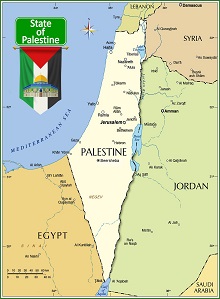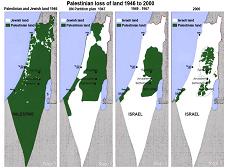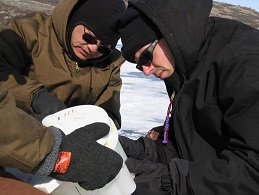 Climate Played Big Role in Vikings' Disappearance from Greenland
Climate Played Big Role in Vikings' Disappearance from Greenland
■ Greenland's early Viking settlers were subjected to rapidly changing climate. Temperatures plunged several degrees in a span of decades, according to research from Brown University. A reconstruction of 5,600 years of climate history from lakes near the Norse settlement in western Greenland also shows how climate affected the Dorset and Saqqaq cultures. Results appear in Proceedings of the National Academy of Sciences.
■ The end of the Norse settlements on Greenland likely will remain shrouded in mystery. While there is scant written evidence of the colony's demise in the 14th and early 15th centuries, archaeological remains can fill some of the blanks, but not all.
■ What climate scientists have been able to ascertain is that an extended cold snap, called the Little Ice Age, gripped Greenland beginning in the 1400s. This has been cited as a major cause of the Norse's disappearance. Now researchers led by Brown University show the climate turned colder in an earlier span of several decades, setting in motion the end of the Greenland Norse. Their findings appear in Proceedings of the National Academy of Sciences.
■ The Brown scientists' finding comes from the first reconstruction of 5,600 years of climate history from two lakes in Kangerlussuaq, near the Norse "Western Settlement." Unlike ice cores taken from the Greenland ice sheet hundreds of miles inland, the new lake core measurements reflect air temperatures where the Vikings lived, as well as those experienced by the Saqqaq and the Dorset, Stone Age cultures that preceded them.





